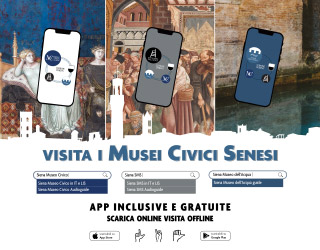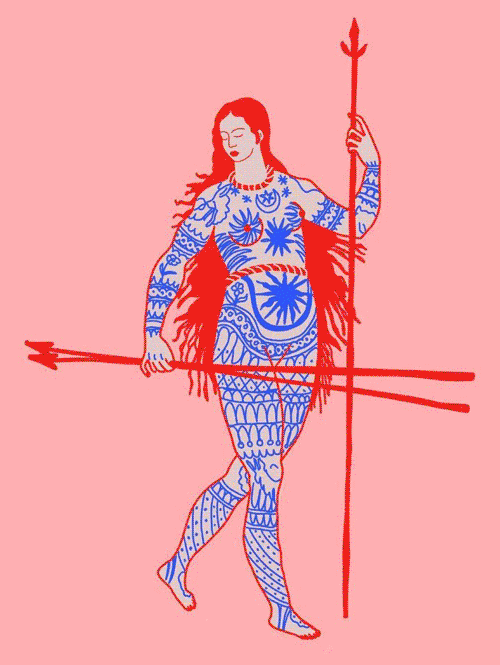The «Raccolta Alberto della Ragione»: an extraordinary museum
Only few art collections of the Twentieth Century are as rich as the Alberto della Ragione.
Extraordinary art lover and benefactor, della Ragione collected works of painters and sculptors from the 20's to the postwar period, with two guide lines: the presence of only Italian artists, due to the nationalism of the period, and the absence of the abstract art.
Extraordinary art lover and benefactor, della Ragione collected works of painters and sculptors from the 20's to the postwar period, with two guide lines: the presence of only Italian artists, due to the nationalism of the period, and the absence of the abstract art.
| The De Pisis collection of Aldo Palazzeschi
As well as the collection «Della Ragione» and the donation «Rosai», the paintings by Filippo De Pisis are exhibited in Palazzo Bombicci. The paintings were owned by the writer and poet Aldo Giurlani, best known by the pen name of Aldo Palazzeschi. It is a group of twelve works of great quality, executed from 1930 and 1947 by the painter from Ferrara and acquired by Palazzeschi during the long friendship which bound the two artists for almost 30 years.
| The Rosai Collection
Fifty-eight works of the master’s studio are currently located on via S.Leornado in Florence. Beside them are his portraits of his artist and writer friends, now being seen in the city that he held so dear. Also, there is the series of “tondini”: eighteen small portraits which show the company that Rosai usually kept in the Florentine café of ‘Giubbe Rosse’ (among them Elio Vittori, Eugenio Montale, Giorgio De Chirico, Mario Luzi, and Gianfranco Contini).
| The 20’s: Valori Plastici (plastic values), Novecento (Twentieth-Century), second...
After the 1st World War, experimentalism and avant-garde art were abandoned. The sense of confusion and the will of reconstructing a social order resulted in a domestic atmosphere and in figurations referring to the Classical tradition
The Corrente group and the Roman school
At the beginning of the 30’s, the artistic scene offered new figurative experiences. Paris proposed the surrealism, the beautiful themes of the Art Déco and the painting of the École De Paris (School of Paris). This movement, which included the works of Roualt, Pascin, Chagall, Soutine, Utrillo and Modigliani, elaborated a research based on the colour and on the expression with the aim of the introspection and the lyricism.
Italians in Paris
The name «Italiens de Paris» remind us those Italians painters who, between 1928 and 1933, reached Mario Tozzi in the Capital of France, suggesting an art that could be compared with today’s researches. Gino Severini, Massimo Campigli, Filippo de Pisis, Osvaldo Licini, Francesco Menzio, Renato Paresce, Alberto Savinio and Giorgio de Chirico, artists who had acquainted different experiences so much to be protagonists of that period.
| Technical Experimentation and Avant-garde
During the XX century a lot of artists have abandoned the traditional techniques with the purpose to adopt new materials and new making processes, more respondent to their real expressive needs. The technical experimentation has then supported the formal evolution of the contemporary art, developing a fundamental role for the evolution of artistic languages in the twentieth century.
| Italy between the two wars: a particular point of view
Seascapes, urban pieces, countryside landscapes: after the first world war the painting dedicates itself to the discovery of the surrounding environment that becomes a mystic place. From Carrà to Sironi, from De Pisis to Mafai: countryside, town, beach draw the mirror of the human heart
| Homelike atmospheres
Ritorno all’ordine (return to order): this is the imperative of the period of twenty years between the two world war. The result: the family, the traditional values and the private universe of love are the principal protagonists of the art, which become more informal.















